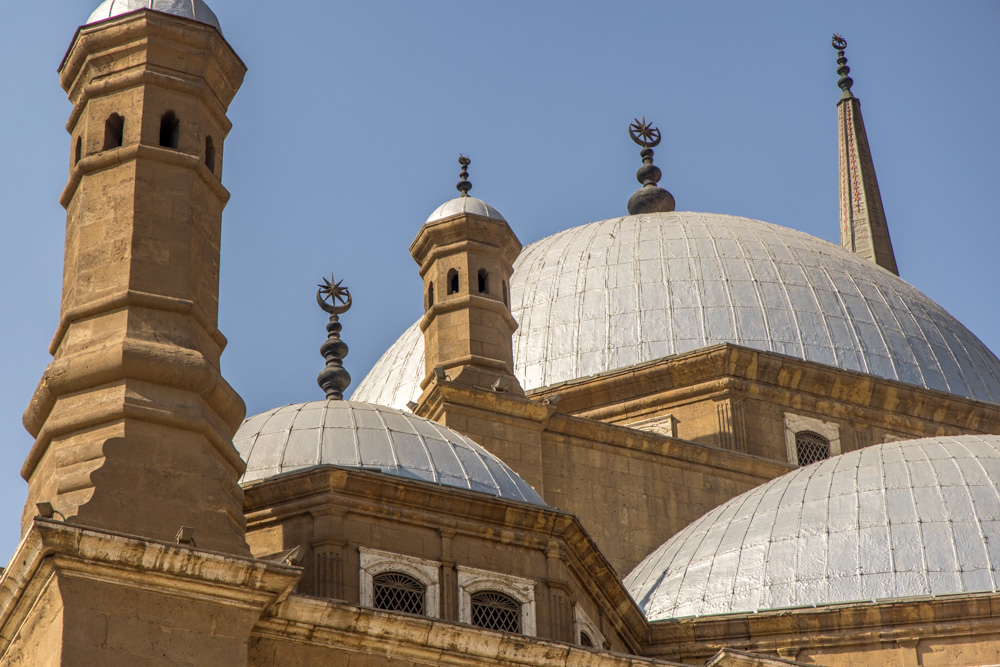Sunday, February 27, 2022 -
Our first day in Egypt we visited Cairo sights starting with the Egyptian Museum.
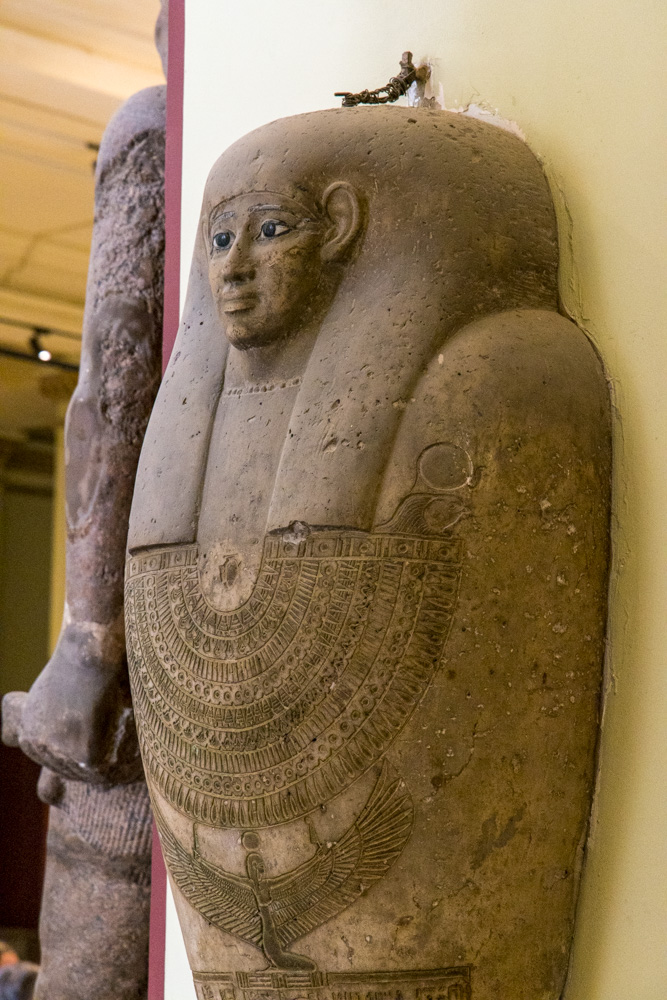
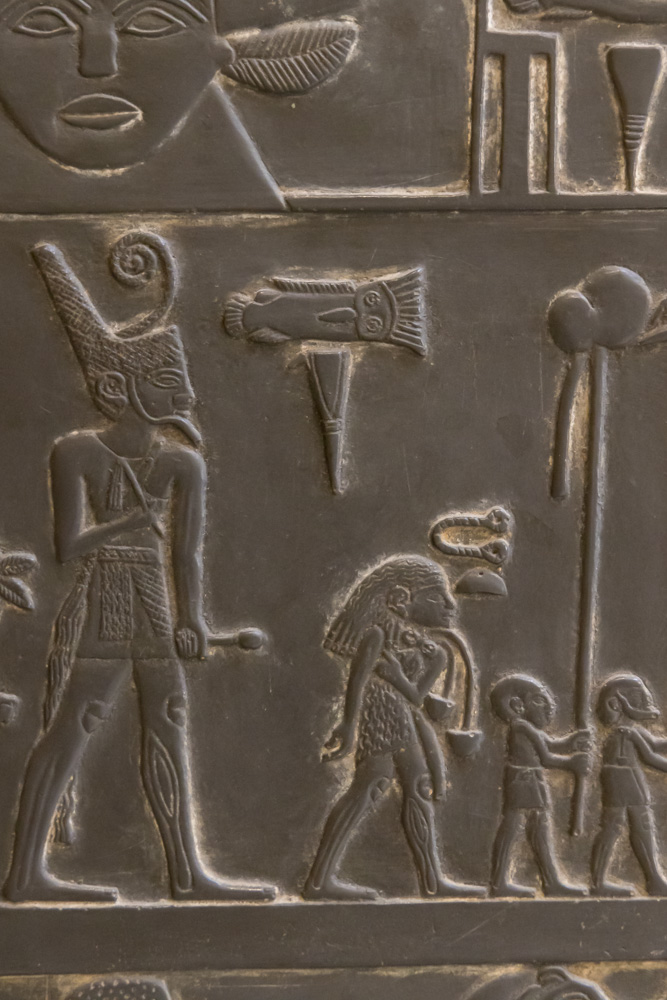
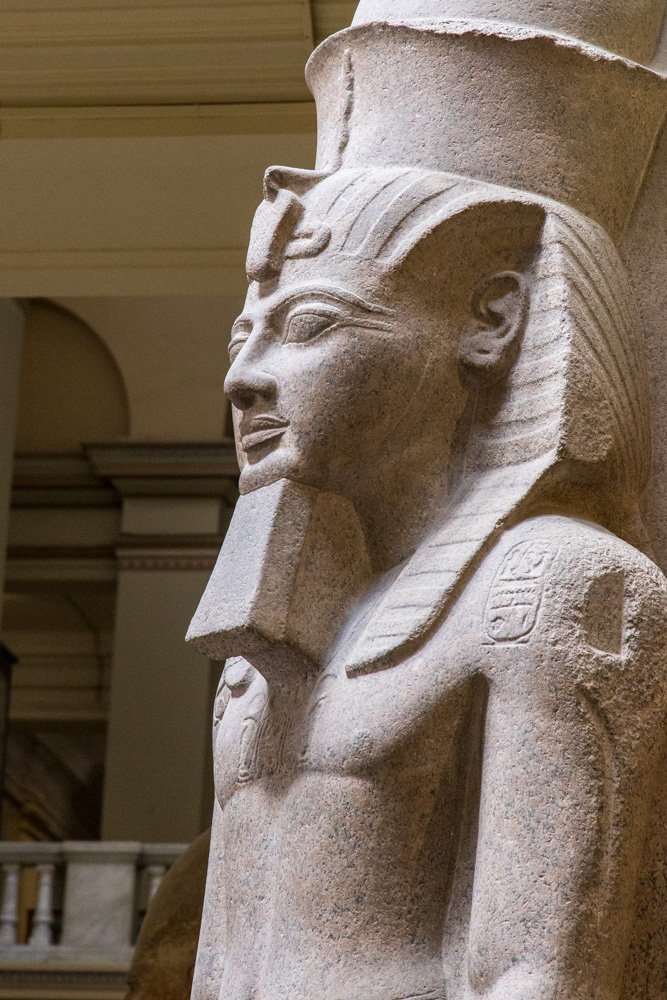
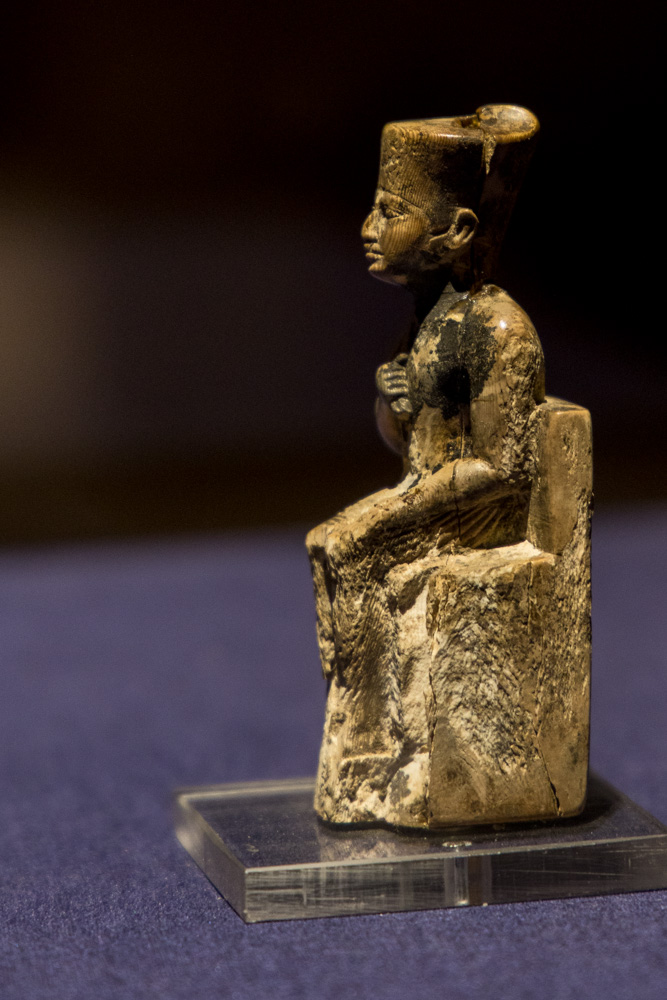
When it was first discovered, the head was missing. Noticing that the break was recent, Sir Flinders Petrie, aware of the importance of the find, ordered a search for the missing head, which was finally discovered three weeks later.
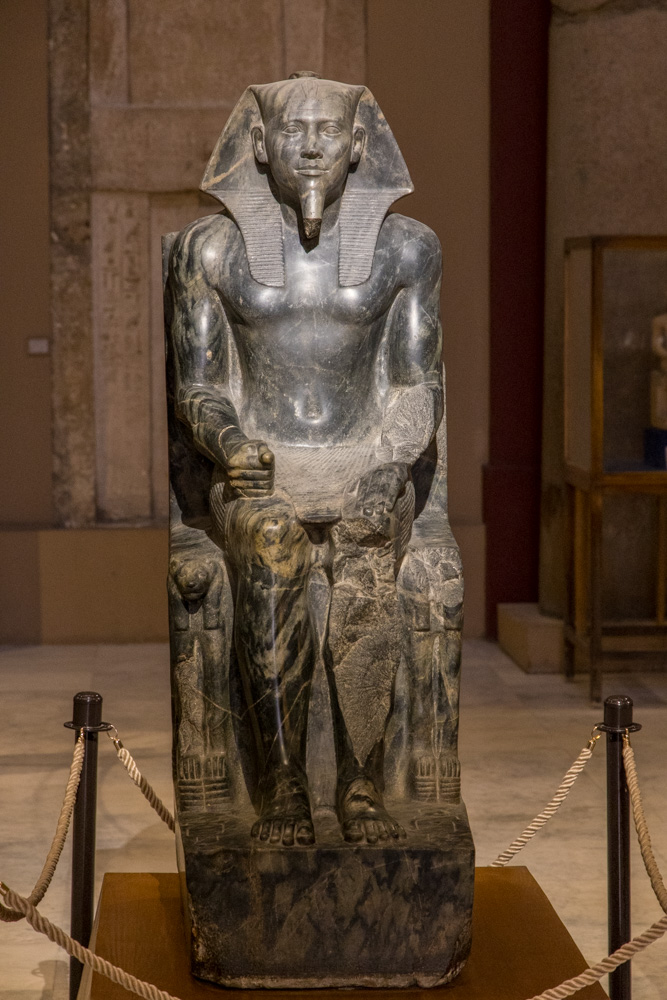
He is the son of the builder of the Great Pyramid, Khufu.
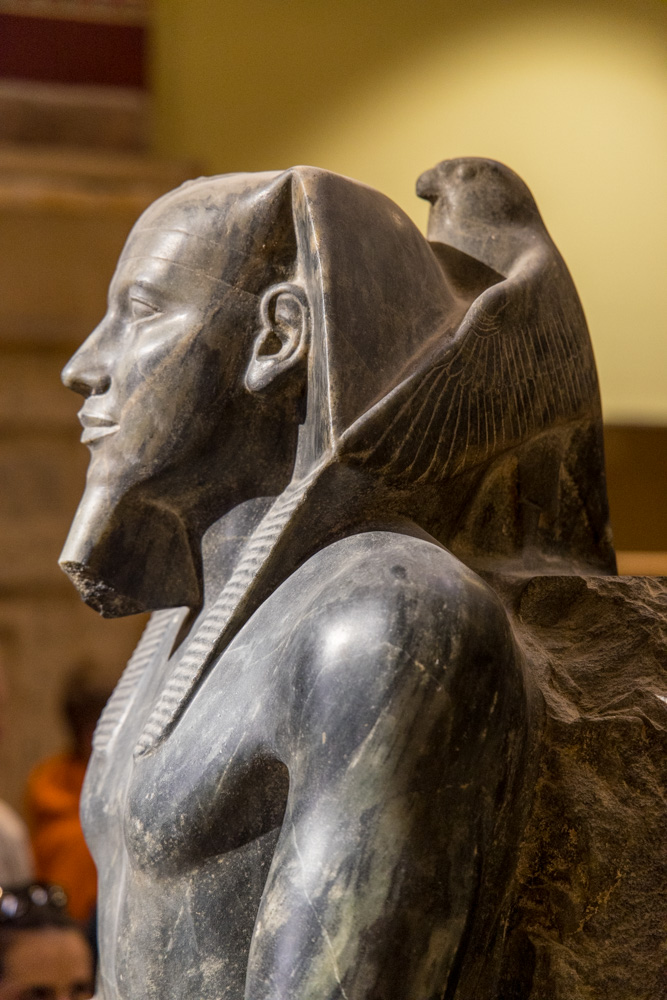
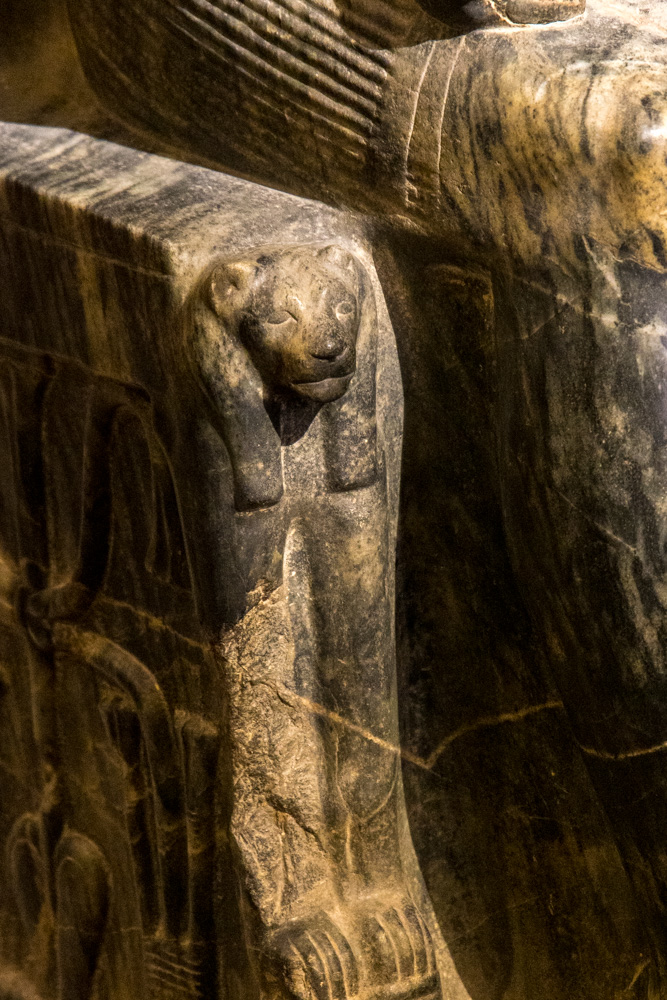
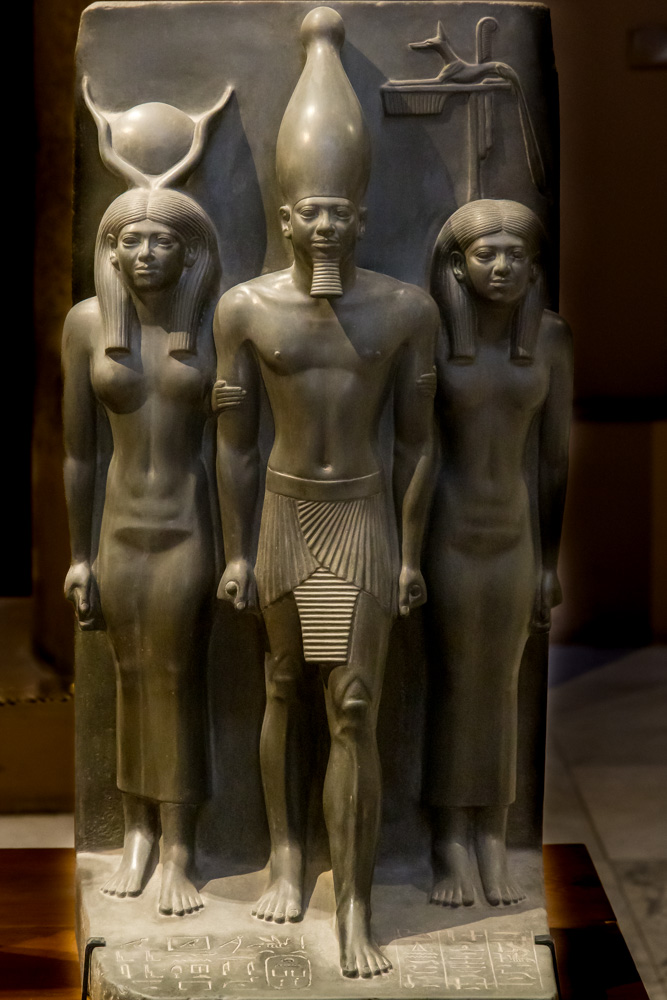
King Menkaura is the son of King Khafre and built the third of the Giza Pyramids.
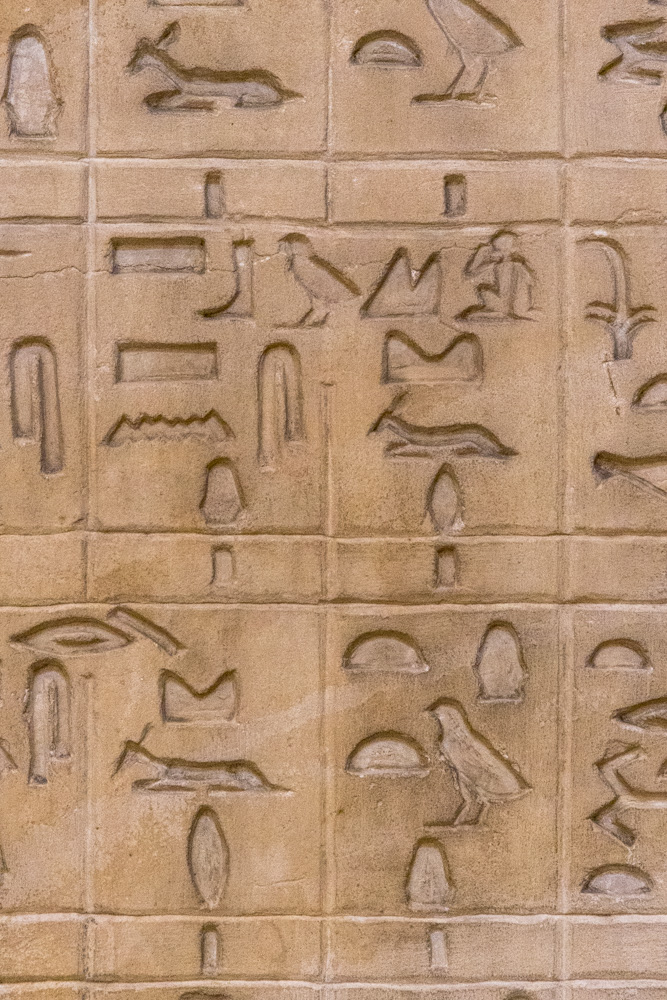
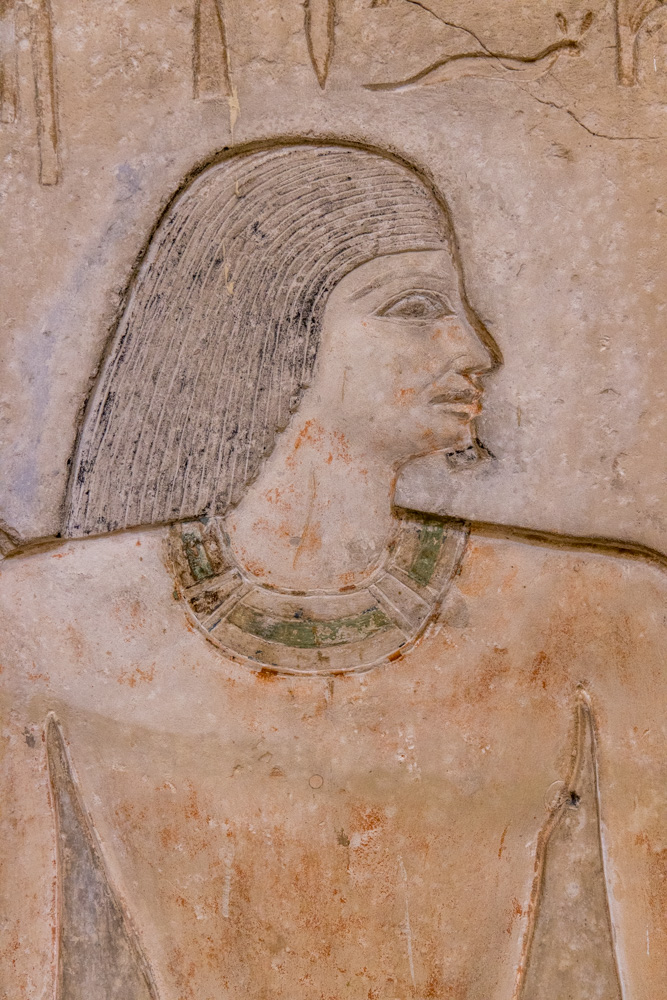
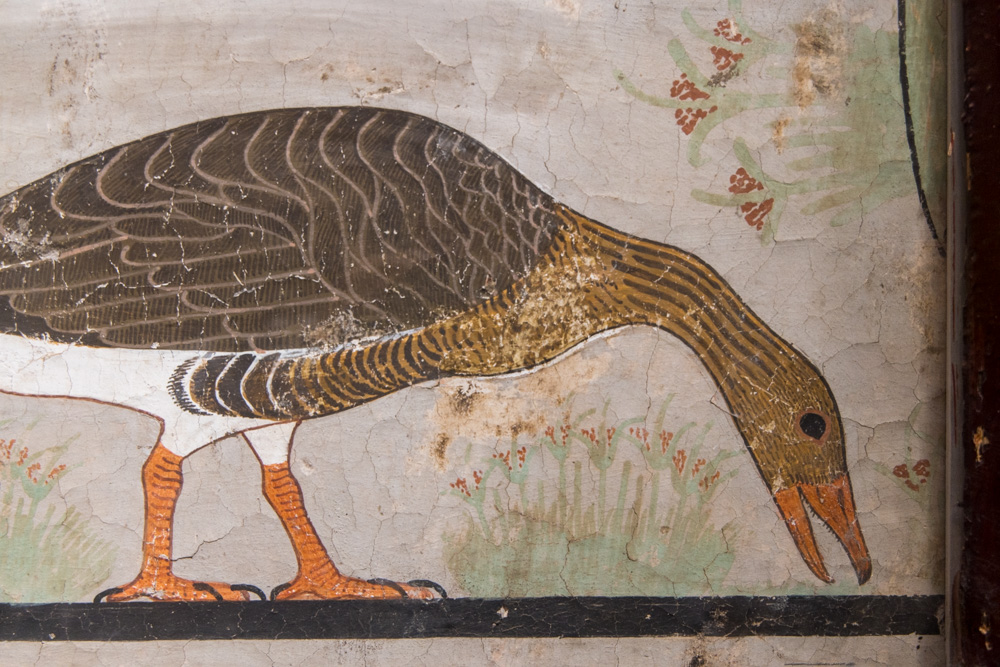
the scene was executed in painted plaster - The full scene depicts six geese (greylag, greater white-fronted and red-breasted geese, none of which are found in modern Egypt).
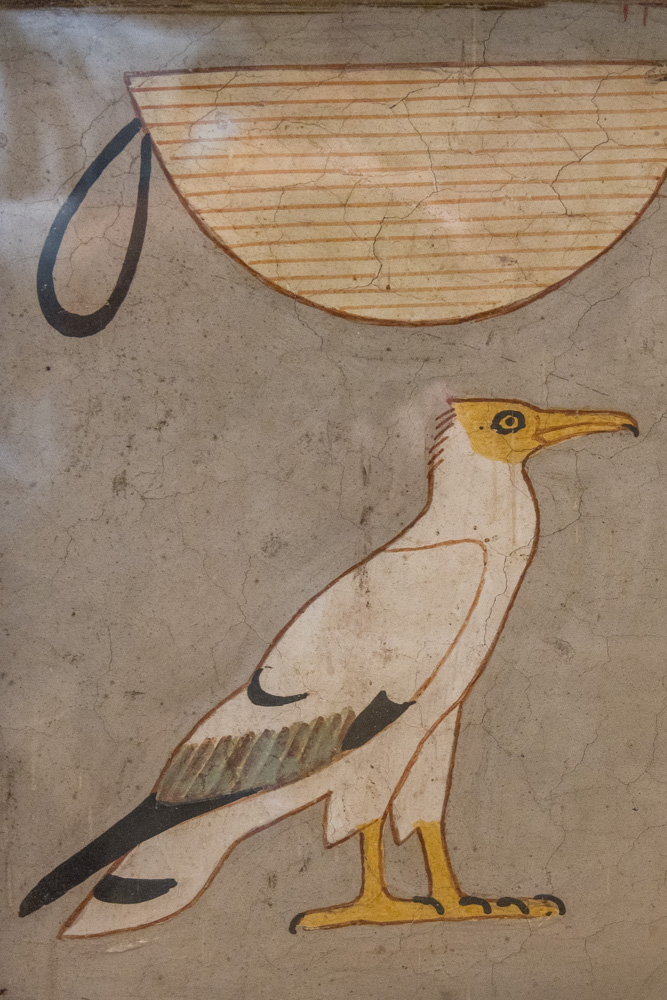
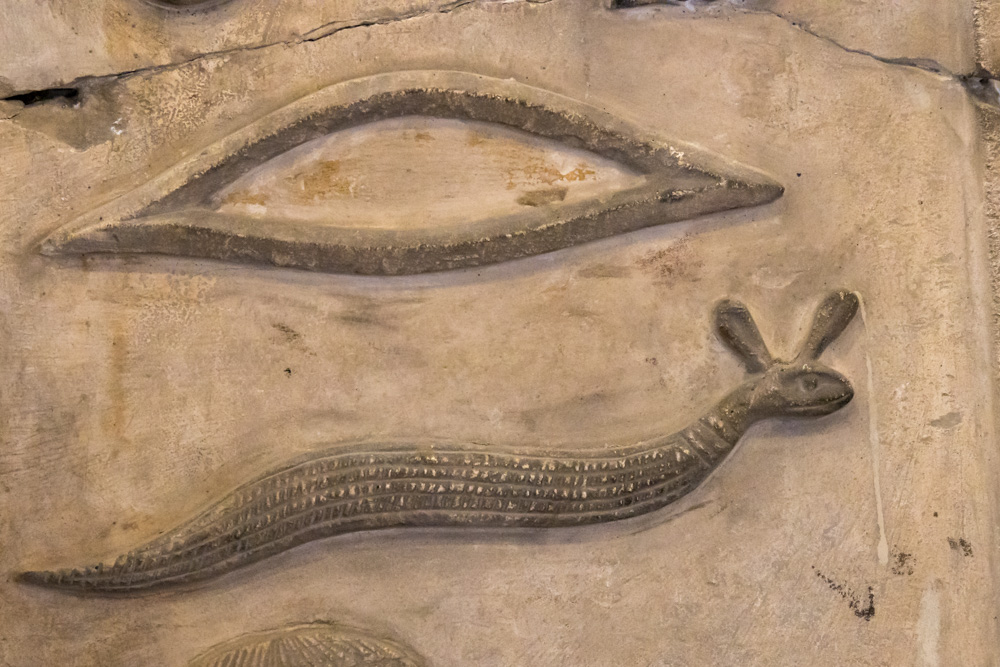
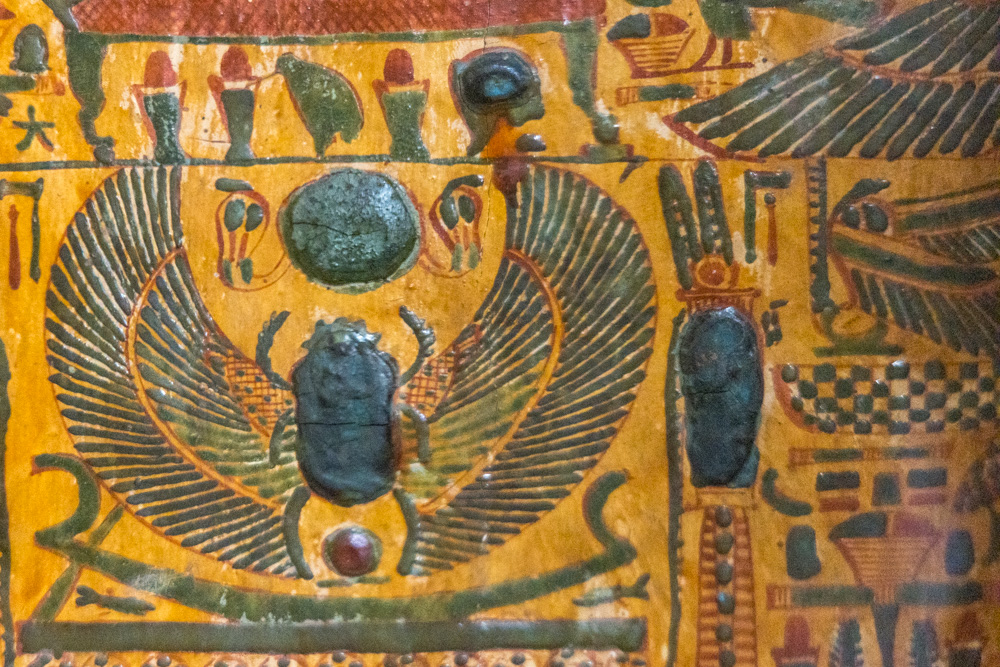
Sometimes it represents the rising sun. On the boat it is moving across the sky. Ra is the sun god and Khepri is his son.
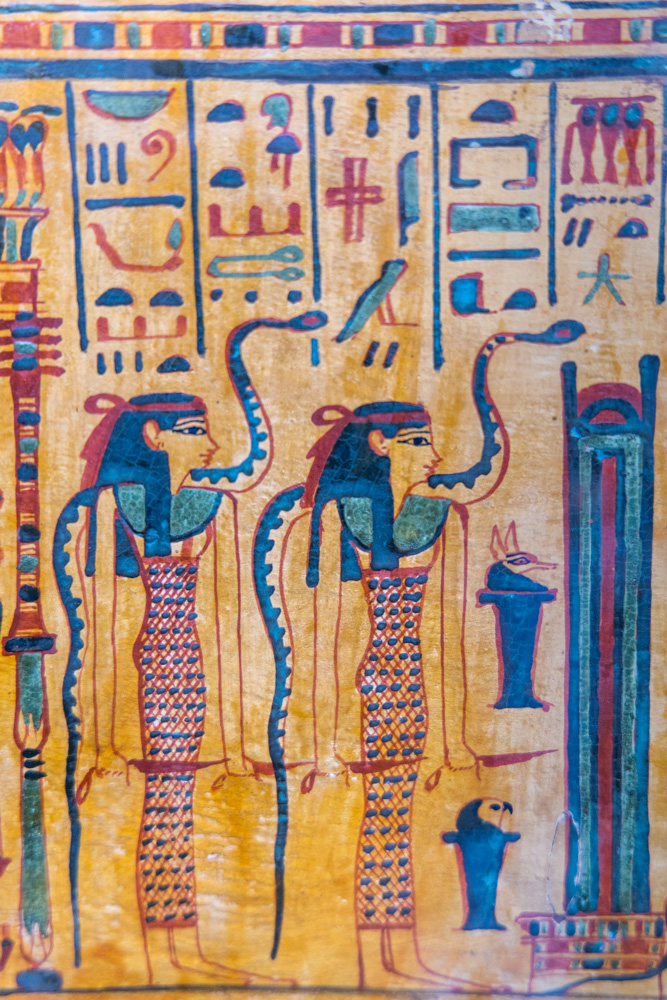
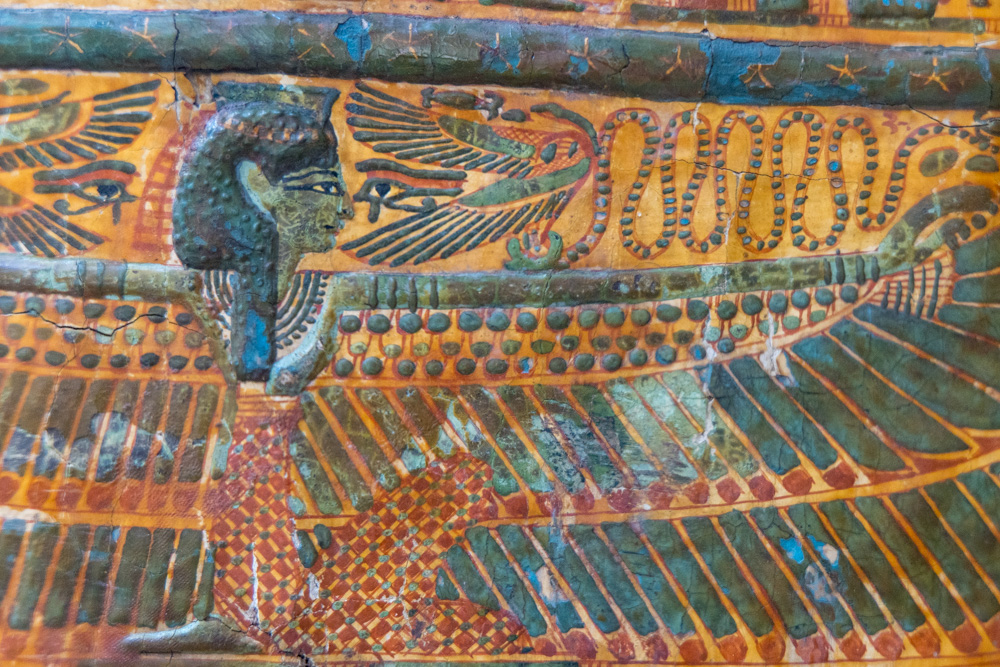
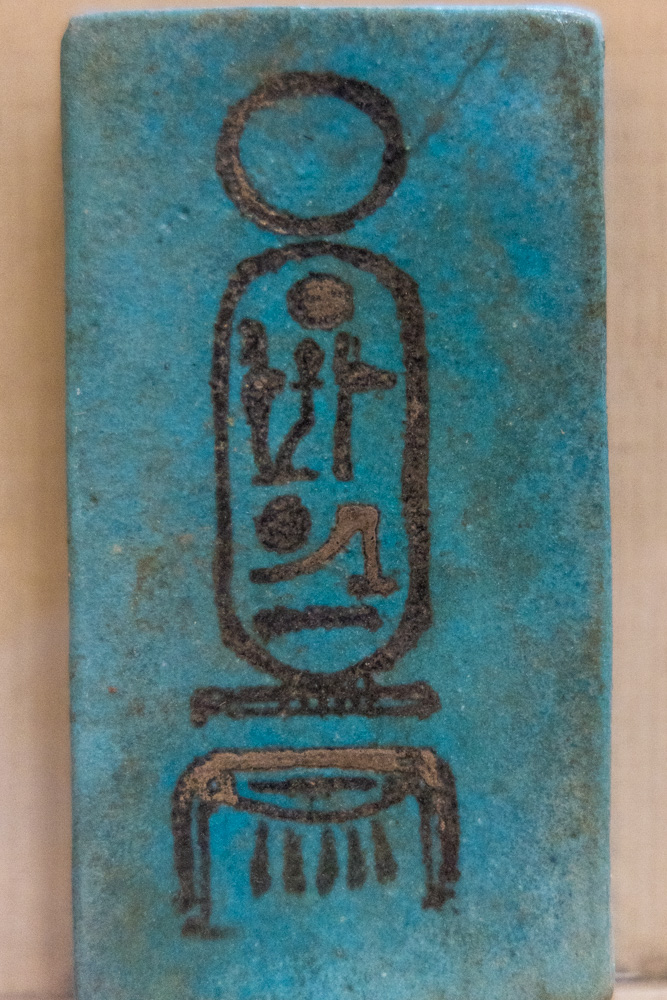
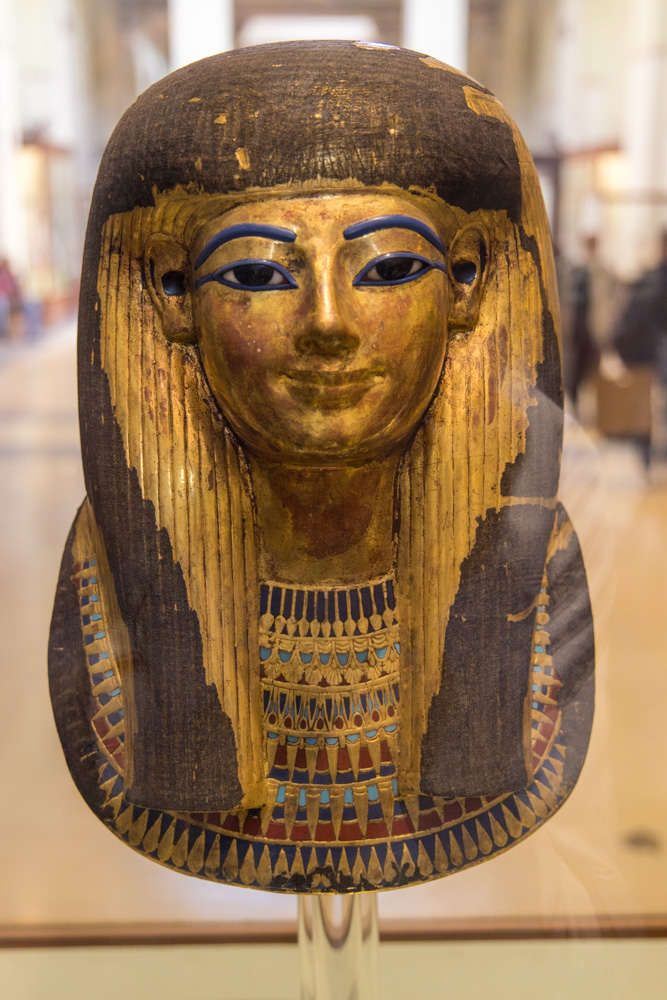
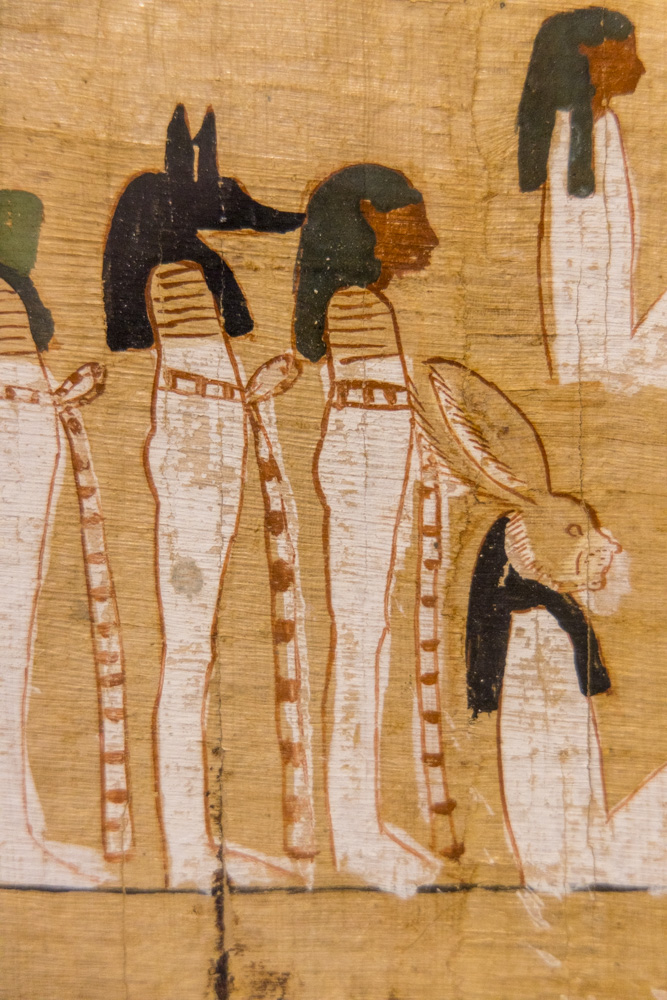
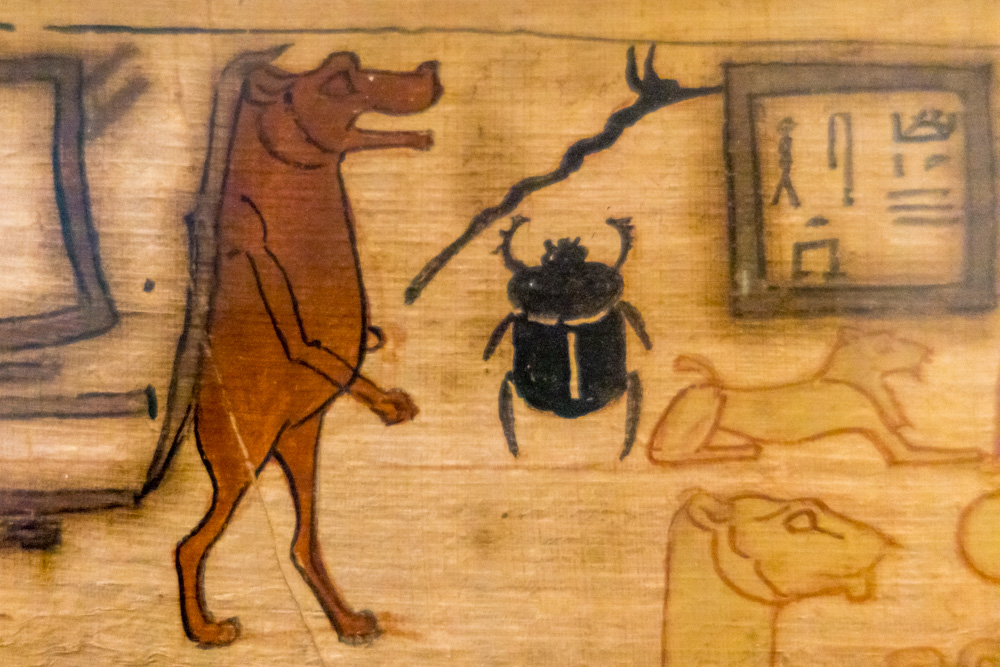
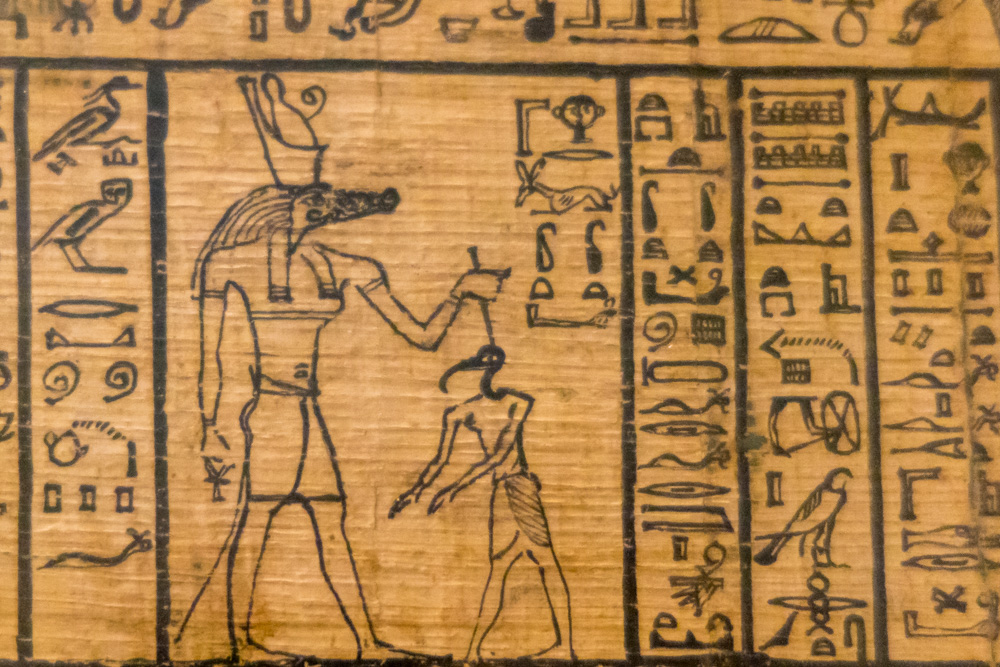
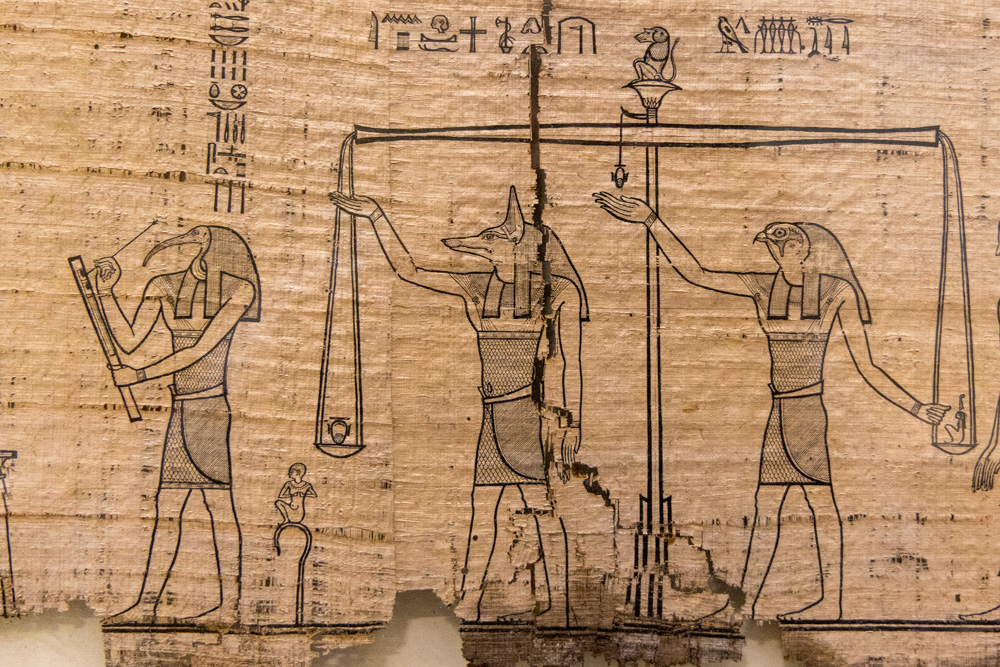
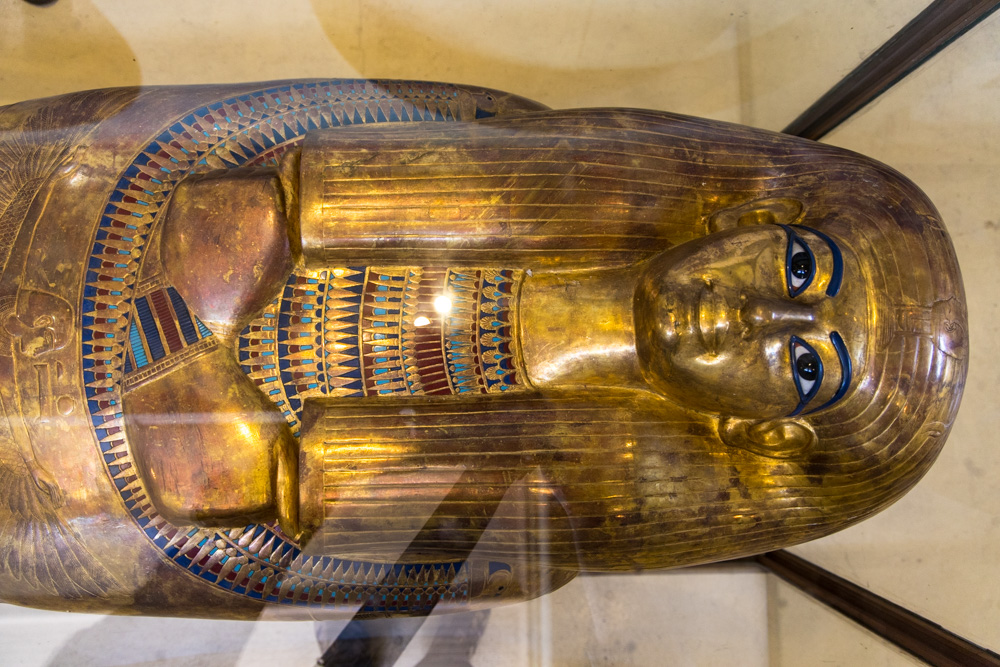
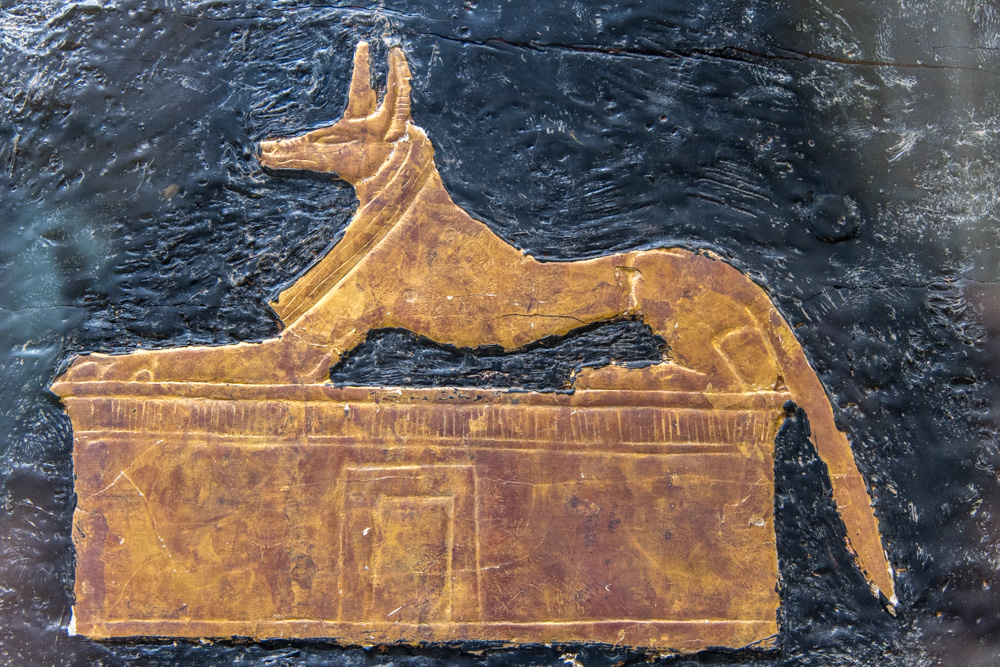
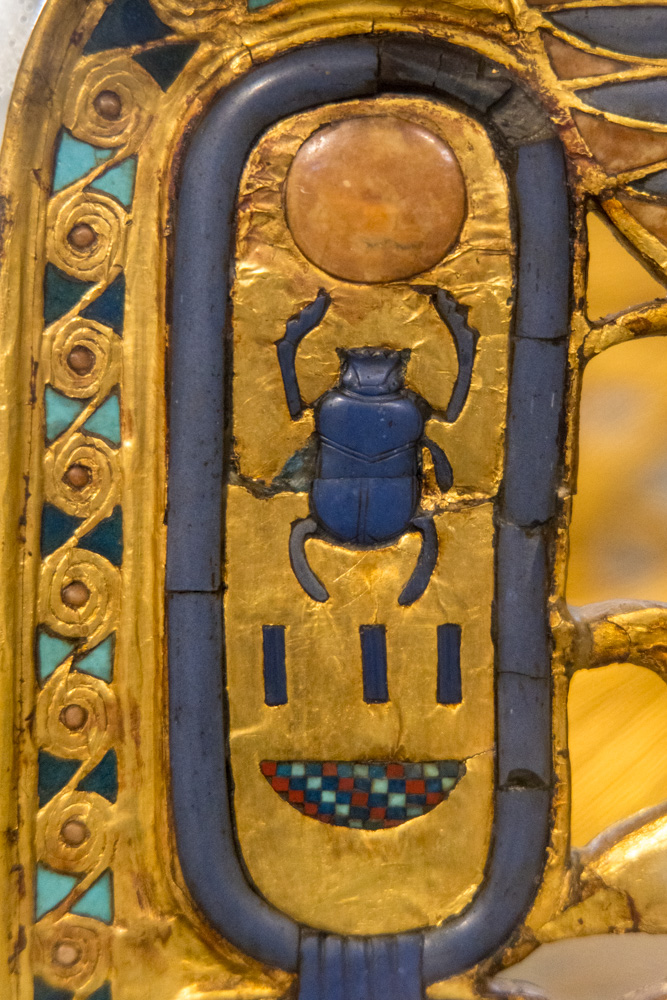
This is King Tut's second cartouche (kings would have up to 8 names) - and it has a scarab in it!!!!
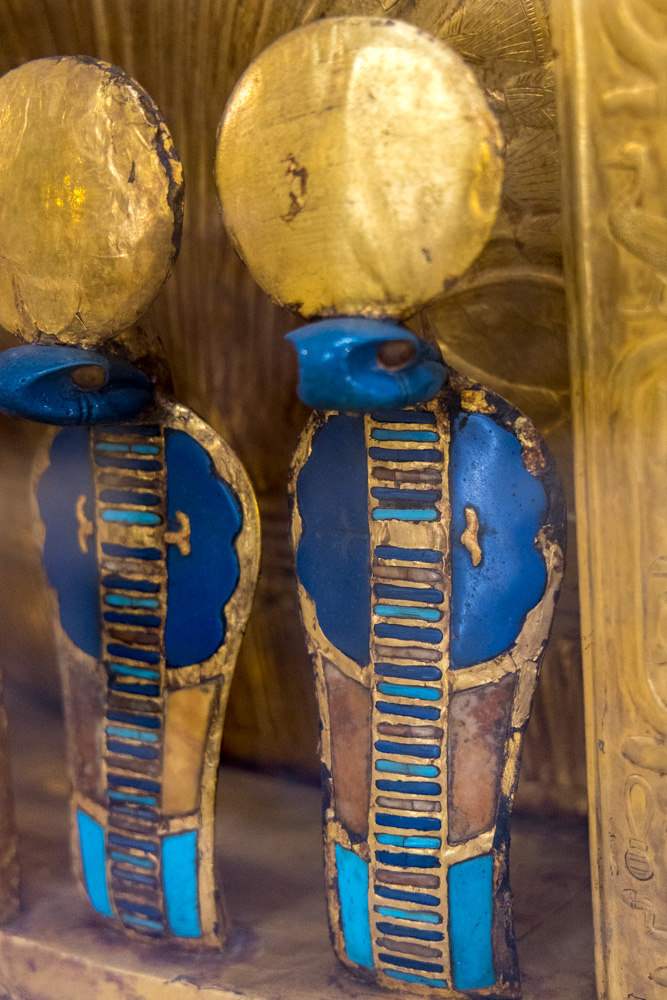
Four golden Uraei cobra figures bearing sun disks on their heads are on the reverse side of the throne of Pharaoh Tutankhamun (1346-1337 BC).
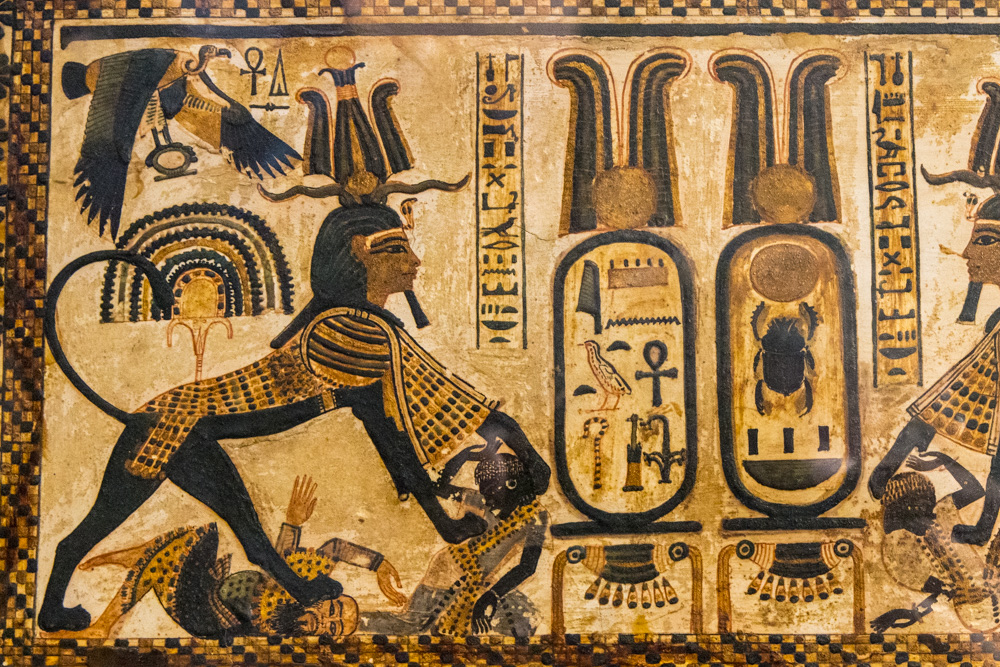
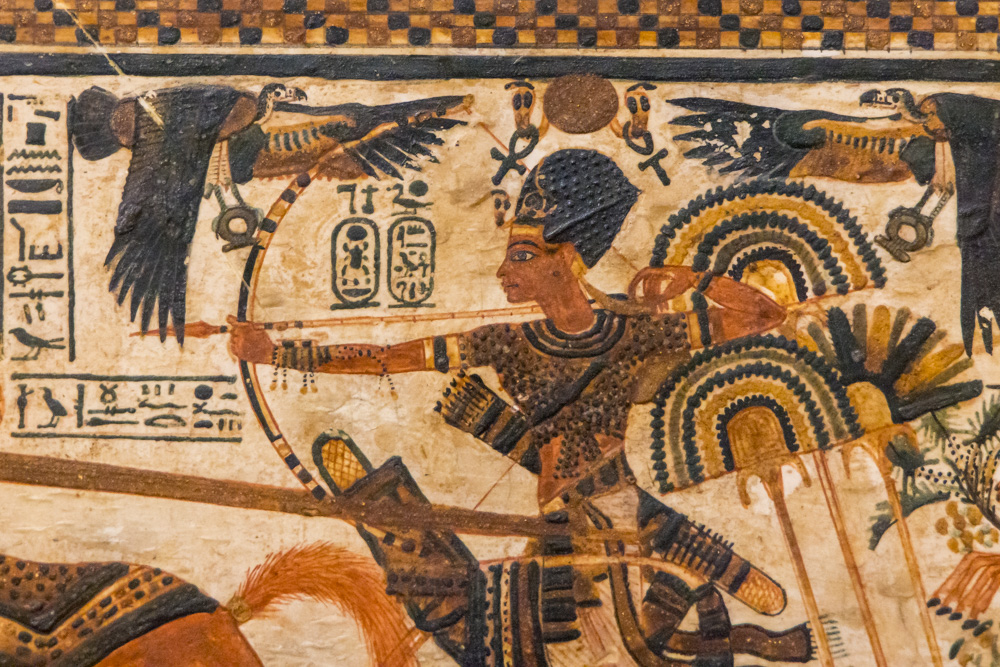
Notice that the arrow does not cross King Tut's representation - nothing can cover the king's face.
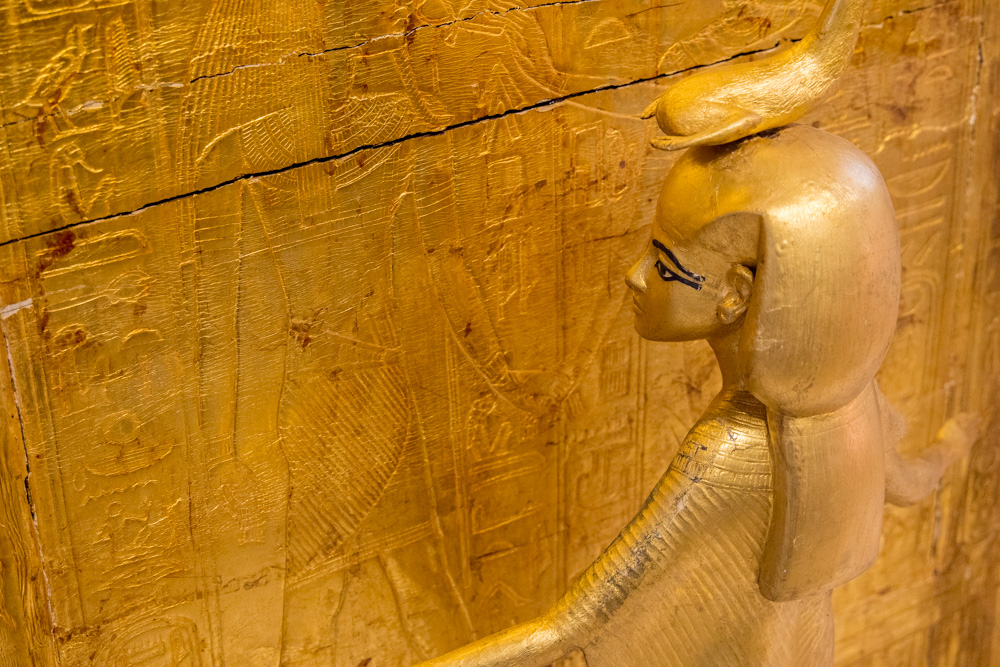
At each side of this shrine is a statue of one of the four female divinities in charge of protecting the deceased king, their faces turned slightly to one side and their arms stretched out in a gesture of protection. These goddesses are Isis, Nephthys, Neith, and Sereket.
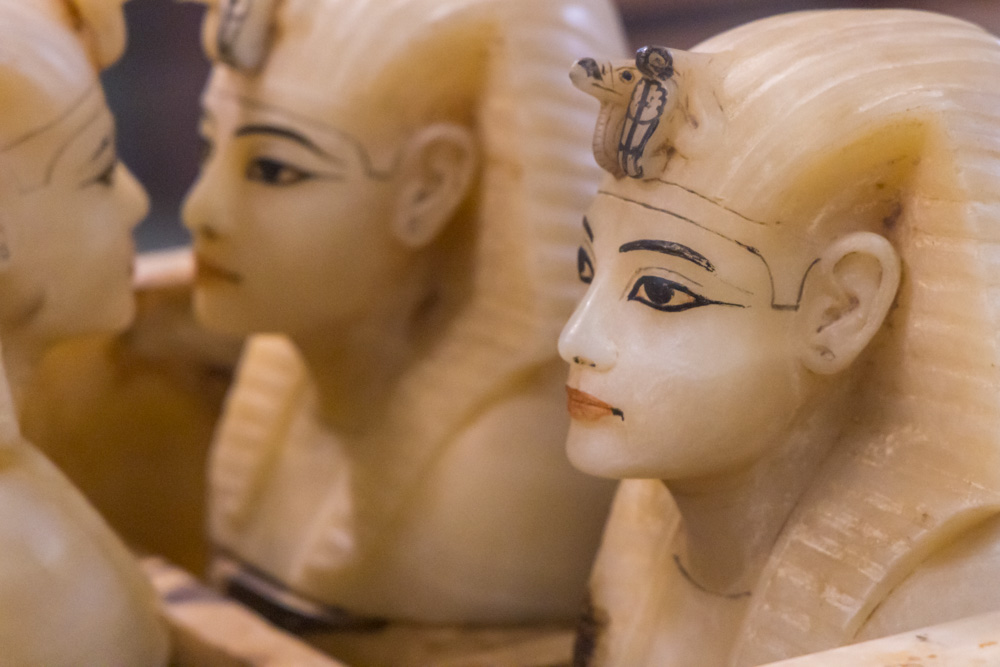
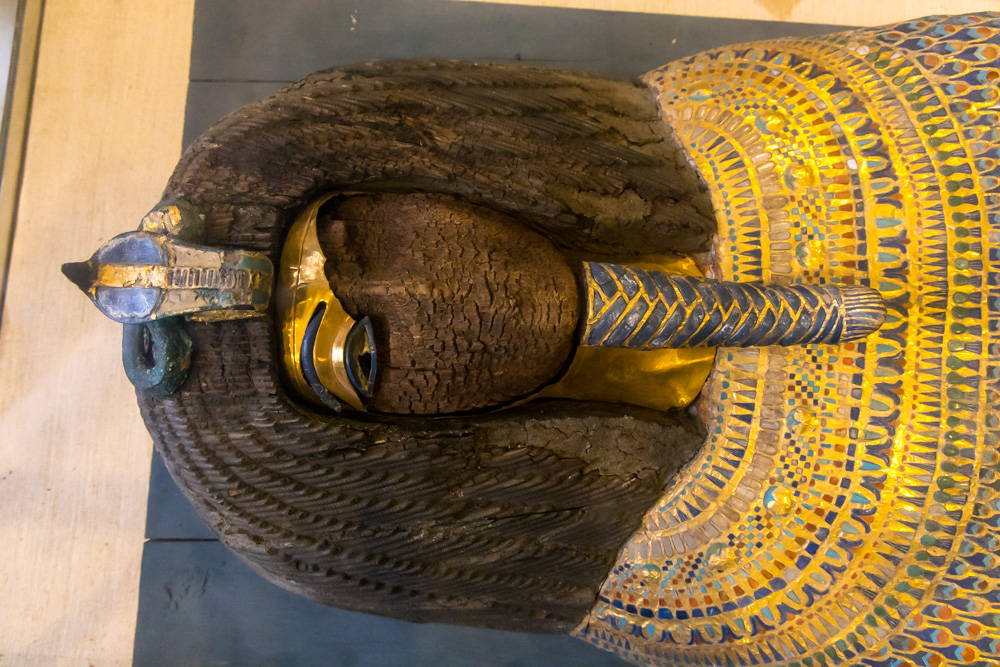
As a pharaoh, Akhenaten is noted for abandoning Egypt's traditional polytheism and introducing Atenism, or worship centered around Aten. This did not go well, once he died his name was removed from all records and in this picture his coffin desecrated.
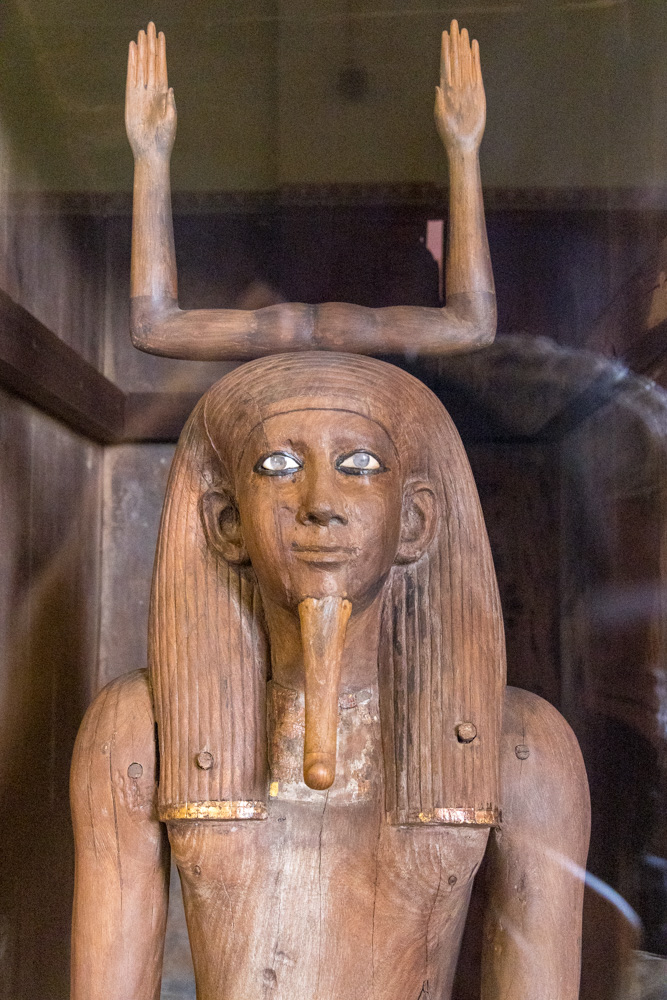
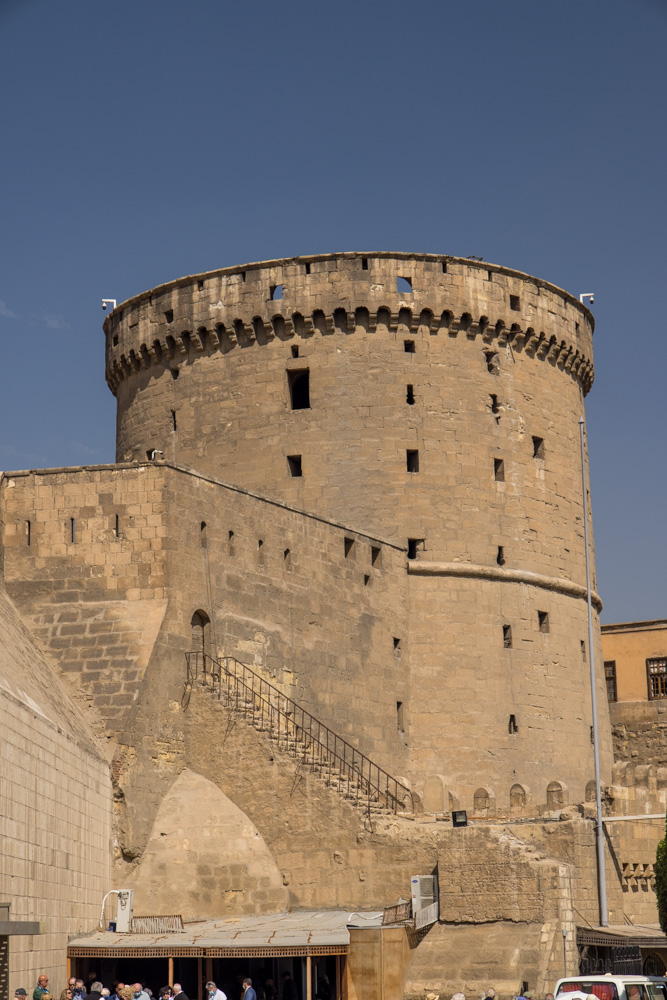
Its location on a promontory of the Mokattam hills near the center of Cairo commands a strategic position overlooking the city and dominating its skyline. We could see the fort from our hotel room on the hills.
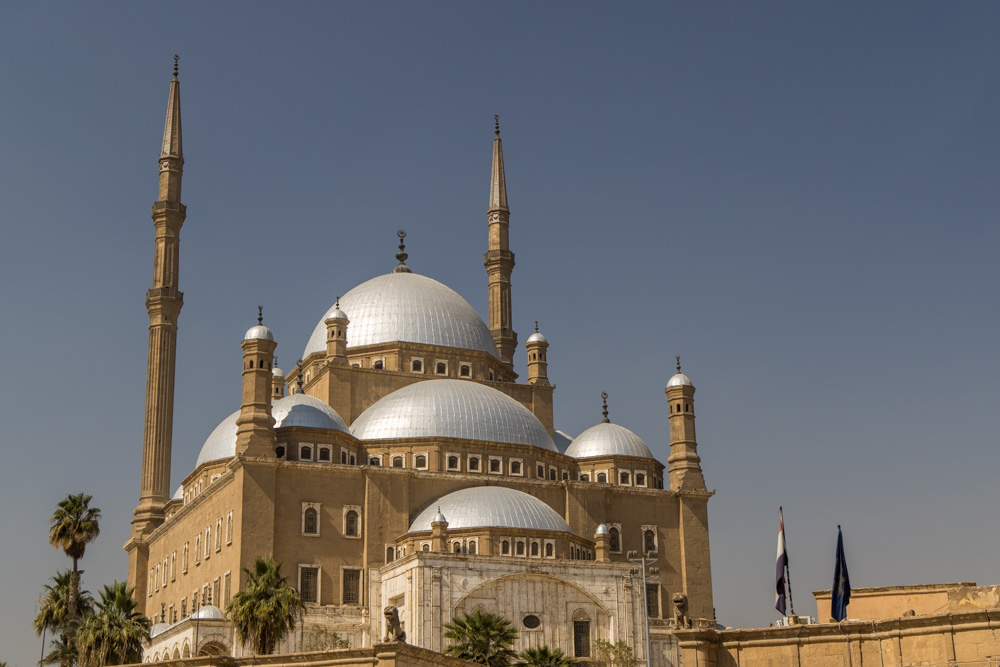
The mosque was built in memory of Tusun Pasha, Muhammad Ali's eldest son, who died in 1816.
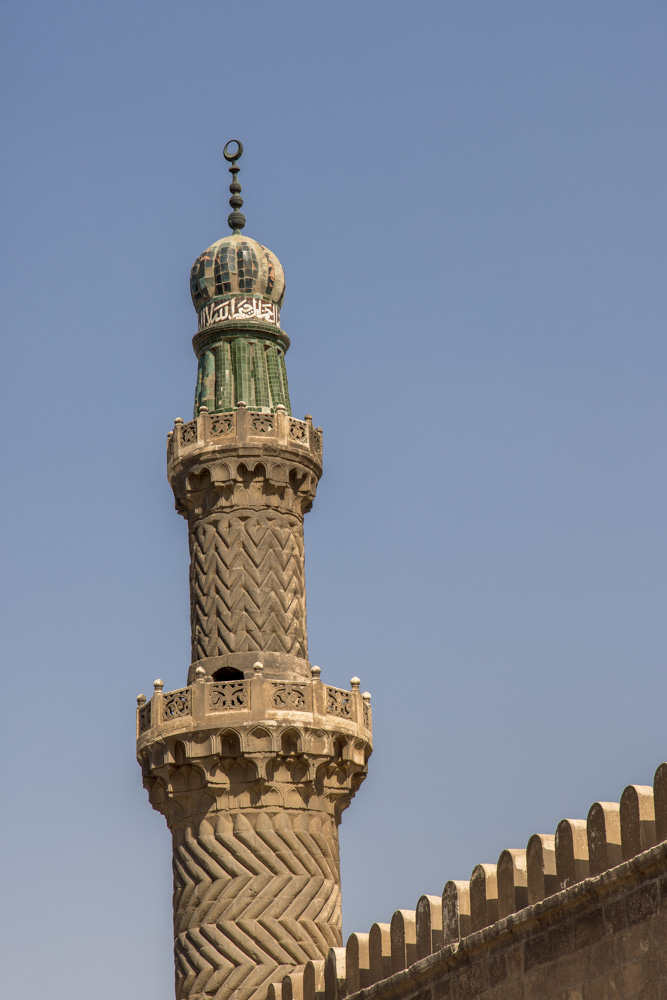
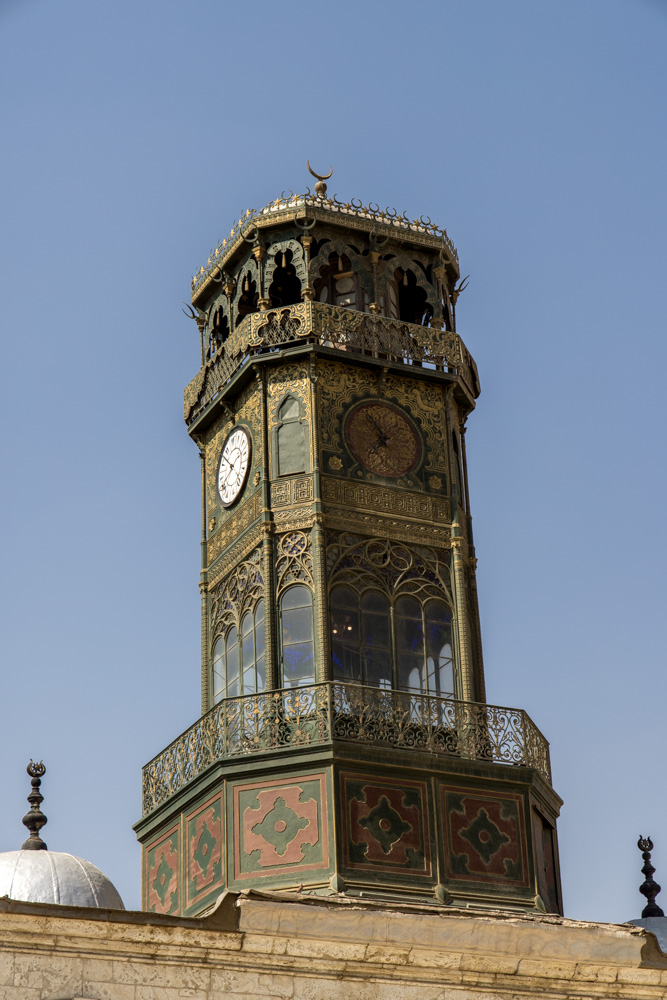
Our guide indicated that the clock had not worked for many years - not sure it was a great trade. A broken clock for a priceless ancient artifact?
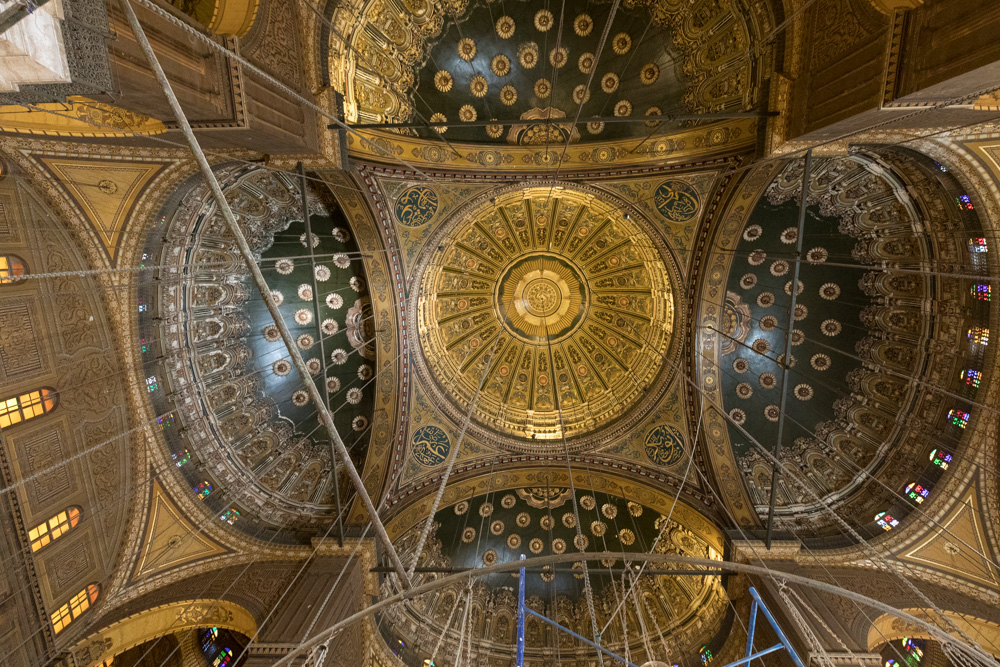
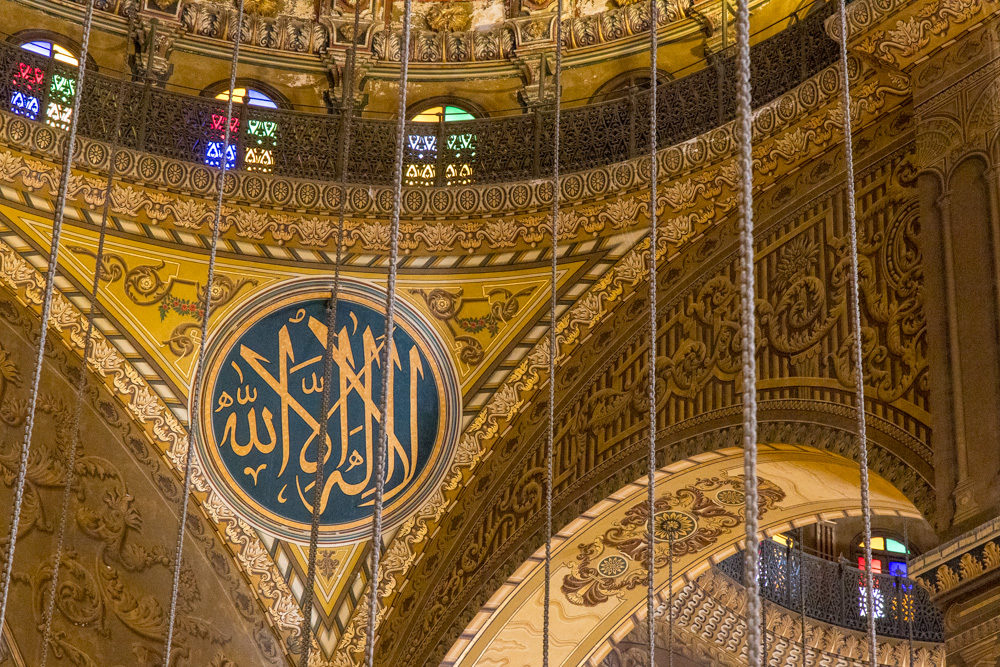
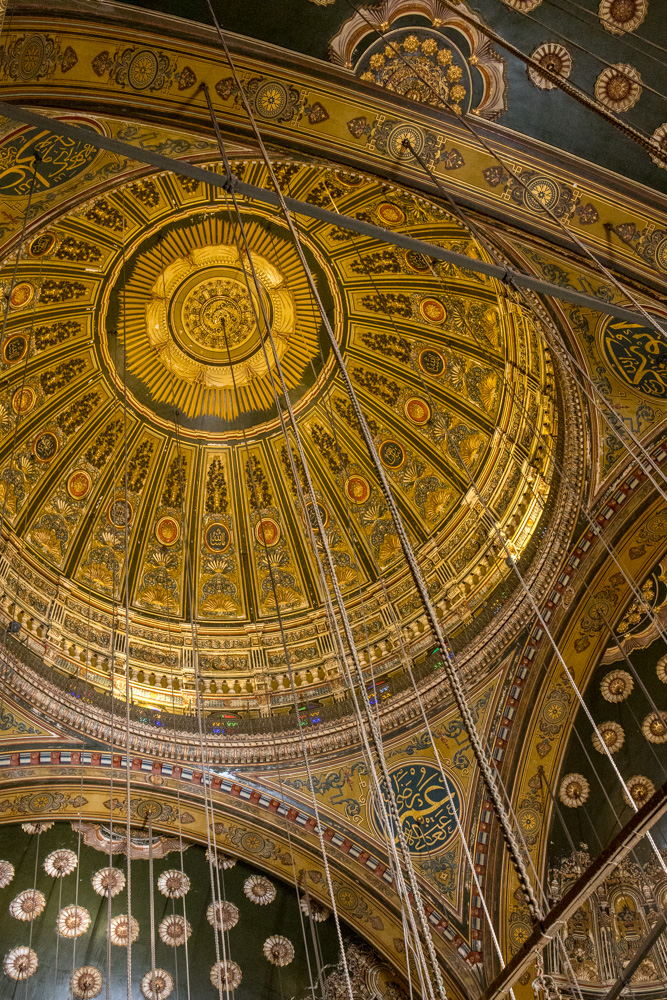
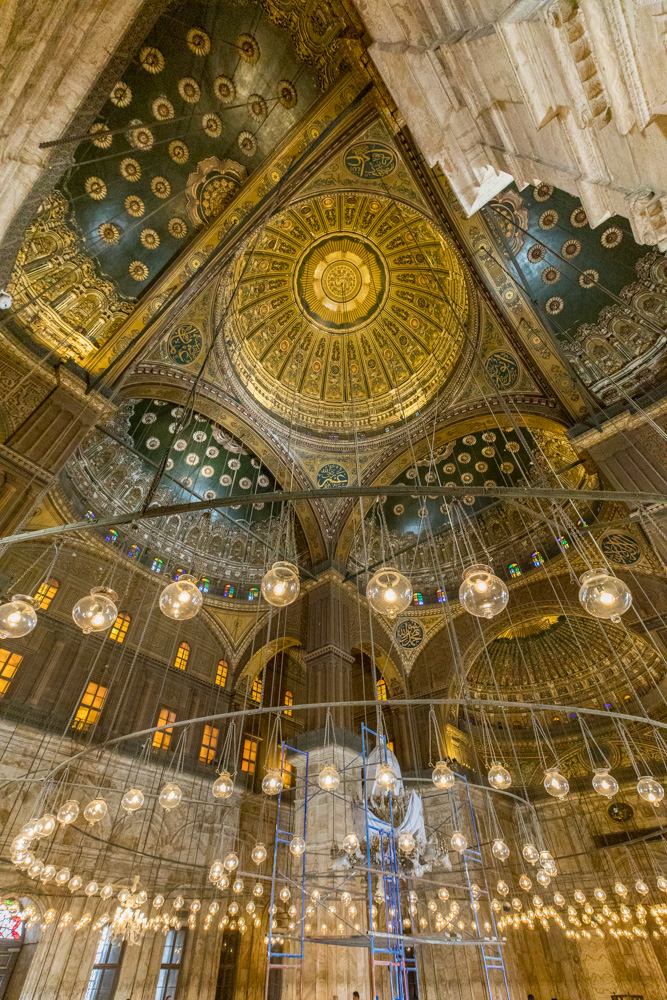
The main material is limestone sourced from the Great Pyramids of Giza but the lower story and forecourt is tiled with alabaster up to 36 feet.

